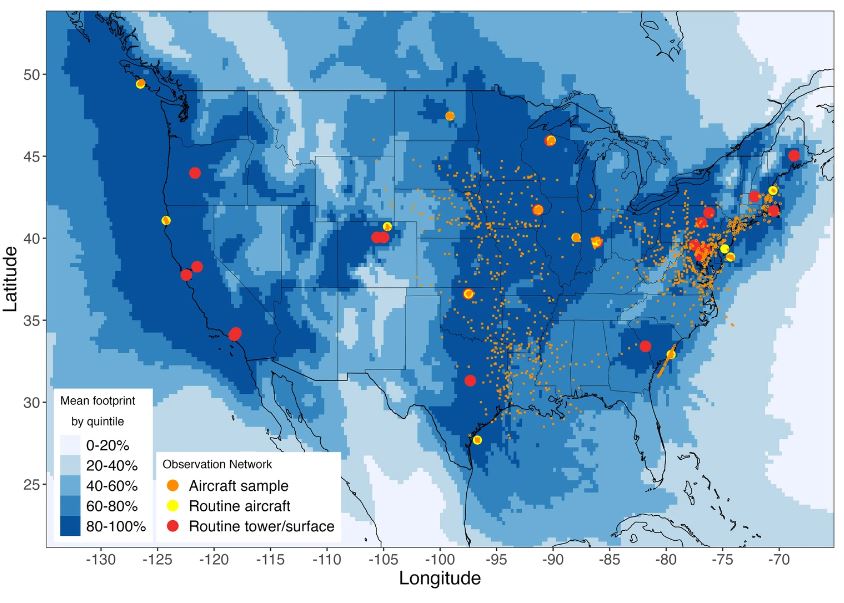February 28, 2024 | Communications Earth & Environment | Source |
Introduction: Despite its global warming impact, sulfuryl fluoride (SO2F2) is not currently regulated under major international climate agreements, complicating efforts to manage its emissions effectively. Research team led by Johns Hopkins University in the United States analyzes SO2F2 emissions across the country.
Key findings: Sulfuryl fluoride (SO2F2) is a synthetic pesticide used primarily for structural fumigation in warm regions like California, where drywood termites pose a significant threat. These emissions, though relatively small compared to other gases, have a potent greenhouse effect. Despite California's progressive climate policies, SO2F2 has not been included in emissions reduction targets until recently, raising concerns about its impact on global warming. Efforts to better monitor and regulate SO2F2 emissions could help mitigate its environmental and health risks, especially considering its long atmospheric lifetime and potential adverse effects on both climate and local air quality.
Figure | Map of the mean footprint (sensitivity) of NOAA GGGRN observations to SO2F2 emissions. The mean footprint in each grid box is colored by quintile in shades of blue (2015-2019, Nobs = 15,385). Quintiles are defined relative to the maximum of the daily mean footprint. Red markers show GGGRN tower/surface sites, yellow markers represent locations of regular NOAA/GML vertical profiling aircraft sites, and small orange markersindicate locations of individual samples collected during intensive aircraft campaigns.





